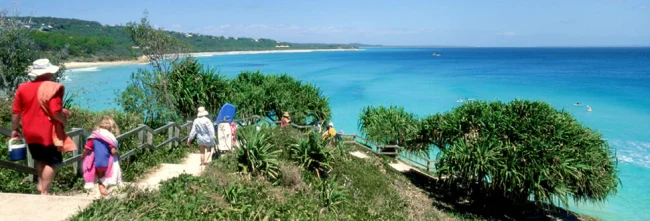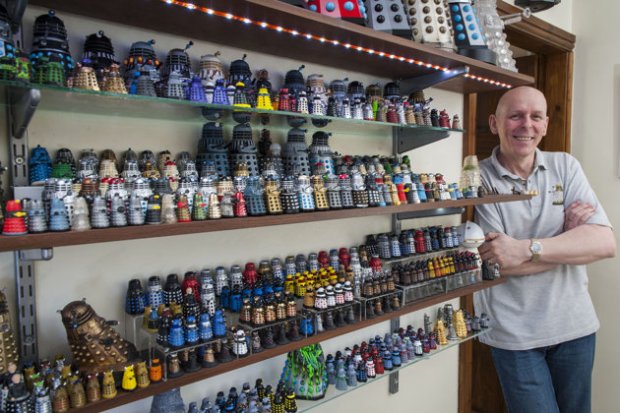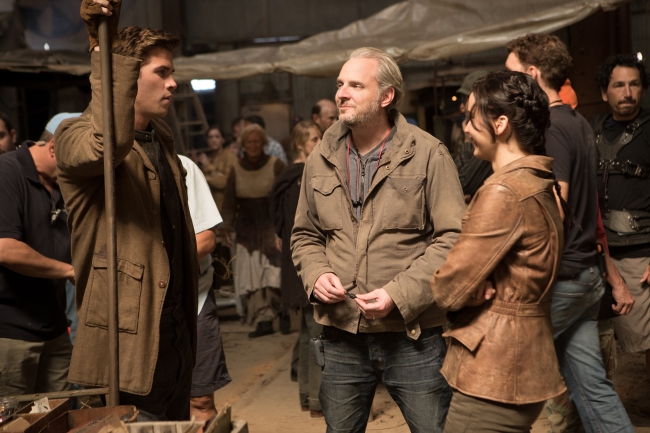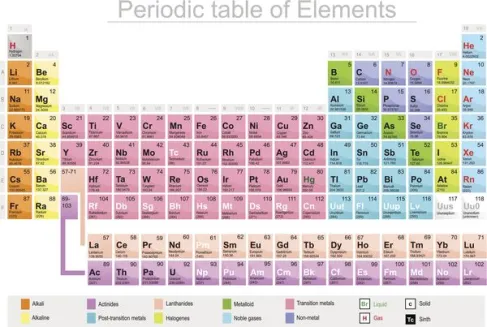SPONSORED POST
I make my home in Brisbane, a delightful slice of paradise in Queensland. But as much as it’s a wonderful place to live, and an even better place to visit, it’s also a terrific starting point for getting out of the city. And so came today’s question – with a whole weekend, a bunch of girlfriends and a discounted campervan from the crew at DriveNow, where would be the best place to head on a girlie weekend? Here’s five top ideas…
Mt Tambourine
Hidden away in the Gold Coast hinterland, this is the perfect place to fossick, whether it’s for artisan produce, vintage wares, great eats or simply a deck with a view. Do as little or as much as you like, but with wonderful mountains and national parks to explore, plus great boutiques and gourmet producers, we suggest the latter. Just think of it as working off dinner and dessert in advance. Must visit: Tamborine Mountain Distillery, Witches Chase Cheese and Tamborine Rainforest Skywalk. More: Tamborine Mountain Tourism.
North Stradbroke Island
You’ll need to jump on the car ferry to get here, but it’s well worth it, as Mother Nature has been very kind to this island. Thank her by trying out such activities as whale watching, surfing, diving, fishing, biking, snorkelling, sea kayaking, sandboarding and even lawn bowls. Finish your day off with a game of pool, a cocktail or a coldie looking out over the water. Must do: Stradbroke Island Beach Hotel and North Gorge Walk. More: Stradbroke Island.
Gold Coast
The Goldie, as it’s affectionately known, offers something for everyone, no matter your taste, budget and sense of adventure. We’re talking beautiful beaches, adrenalin-charged theme parks, spectacular nightlife, family attractions galore and enough shopping to fill a year. One must is a couple of great meals out, with hot spots including Sanctuary Cove and Marina Mirage. Must do: Hellenika, Harbour Town Outlet Shopping and Black Coffee Lyrics. More: Visit Gold Coast.
Toowoomba
The Darling Downs isn’t the first place most people think of for fun and friendship, but it’s worth a look. A varied dining scene ranges from great brunches to gourmet offerings while there’s no shortage of stunning natural beauty to explore across the Range. Go for the Carnival of Flowers if you can as the whole city comes alive in a profusion of blooms and colours. Must see: Picnic Point, The Angel Cafe and Cobb & Co Museum. More: Southern Queensland Country.
Byron Bay
If ever a place was made for the girls, it’s Byron Bay. Day spas and pampering? Tick. Beaches? Tick. Great food? Tick. Good shopping? Tick. In fact the hardest choice you’ll have to make is whether to stay in the bustling city centre or head further out to enjoy the serenity. Must visit: The Spa Byron Bay, Fishmongers Cafe and Cape Byron Lighthouse. More: Byron Bay Visitor and Tourist Information.
So there you have it. Lots of great ways to fill a weekend – or even a little longer. Now someone hand me the car keys…
Note: This post was sponsored by DriveNow.









